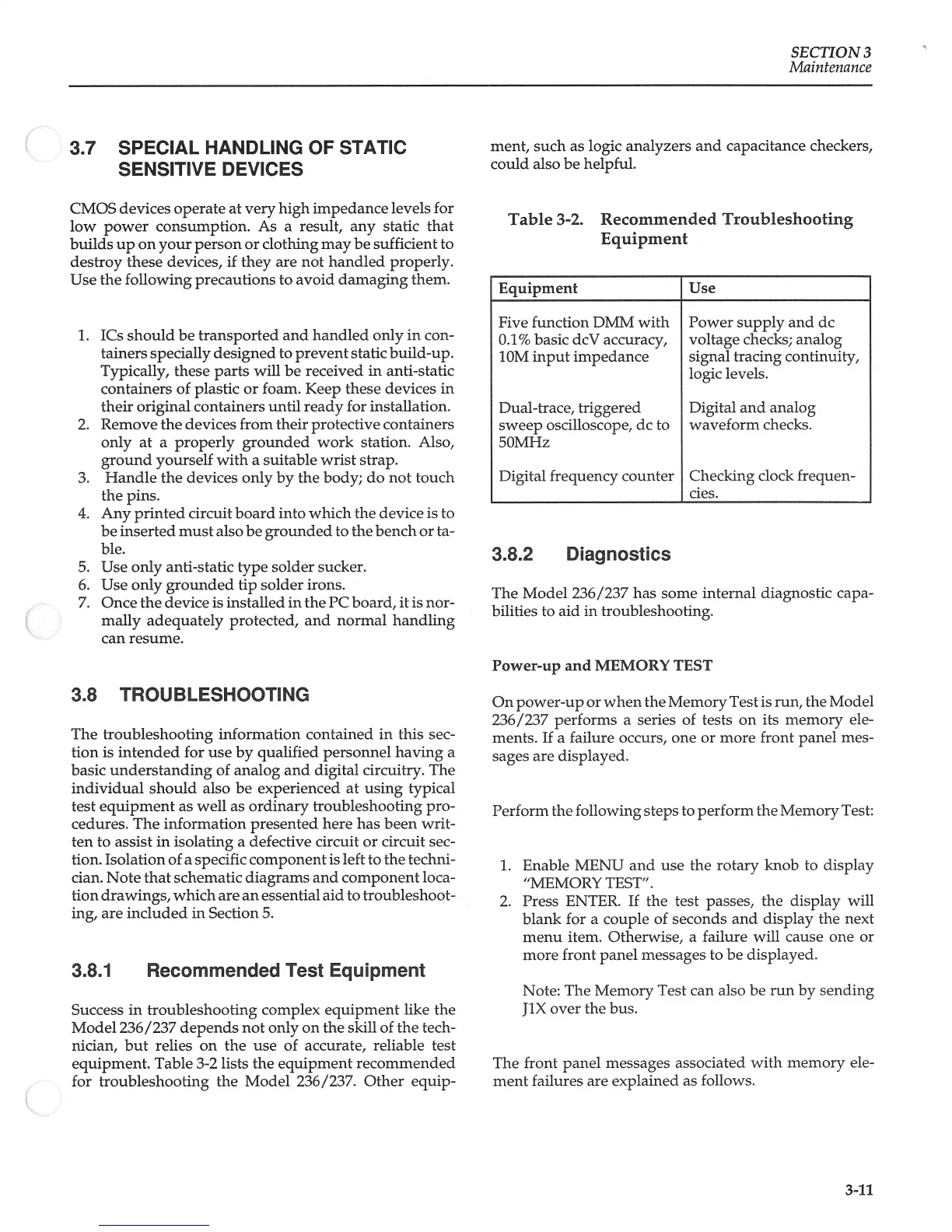
 Loading...
Loading...
Do you have a question about the Keithley 237 and is the answer not in the manual?
| Output Power | 200 W |
|---|---|
| Voltage Resolution | 1 μV |
| Current Resolution | 10 fA |
| Type | Source Measure Unit |
| Interface | GPIB, RS-232 |
| Accuracy | 0.02% |
| Compliance Voltage | ±1100V |